Why do manufacturers all make small phones? Listen to what a three-year small screen user has to say.
Apple and Samsung have always been making small-screen phones, but their prices are flagship level while the configurations do not match. It was not until Xiaomi started making small-screen phones that I became a small-screen user. Starting from the Xiaomi 12, I have been using them up to the current Xiaomi 15. Due to the popularity of Xiaomi's numbered series, in recent years, there seems to be a sign of revival in the small-screen phone market. Small-sized phones, which were once almost extinct, are now making a comeback at new product launches by various manufacturers.
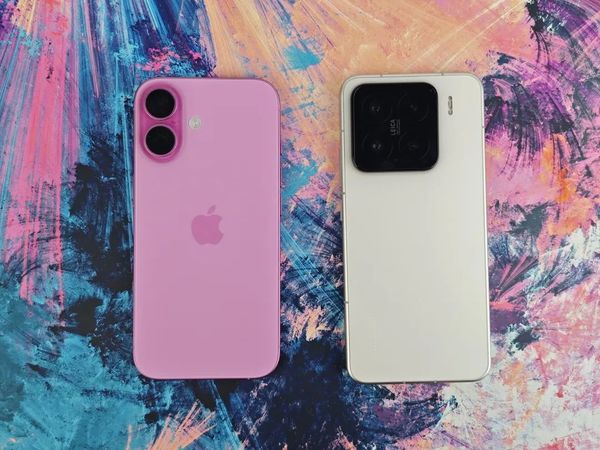
So, why have manufacturers re-engaged in the development of small-screen phones? As a user of small-screen phones for three consecutive years, I want to discuss the real reasons behind manufacturers making small-screen phones, combining my personal experience with the current state of the industry.
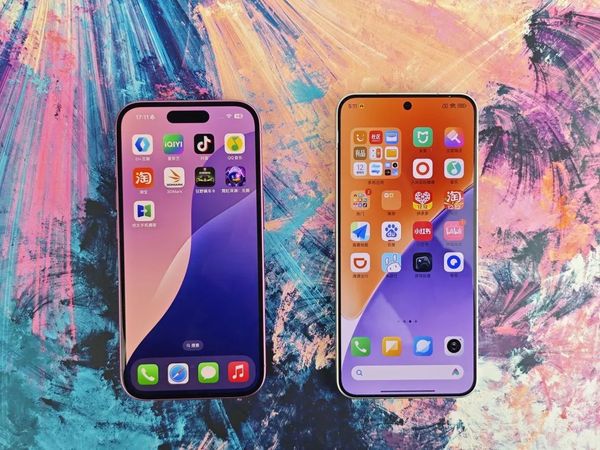
Small-screen phones for a long time often meant "low-end" and "compromise." Due to limited body space, issues such as insufficient battery capacity, reduced performance, and weakened imaging functions were frequent. This led consumers to gradually turn to large-screen flagships, especially in the context of continuously increasing performance demands. The small-screen flagship that everyone wants is not just about having a smaller screen; it also needs to have flagship-level performance, battery life, and photography capabilities, which is the fundamental reason for the success of Xiaomi's digital series.
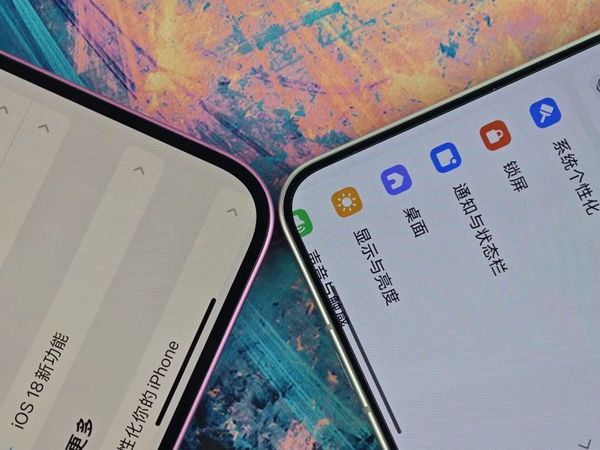
The difficulty of small-screen phones essentially lies in balancing performance, cost, and user expectations within a limited physical space. Although manufacturers have partially alleviated the contradiction through customized components (such as the miniaturized motherboard of Xiaomi 15) and system optimization, the core dilemma remains: whether they can attract loyal users with a sufficiently high premium and sustain long-term investment in the supply chain. If there are technological breakthroughs in the future, such as flexible batteries and 3D chip stacking, it may reshape this field, but for now, it is still the most challenging "making a grand show in a tiny space" in the mobile phone industry.
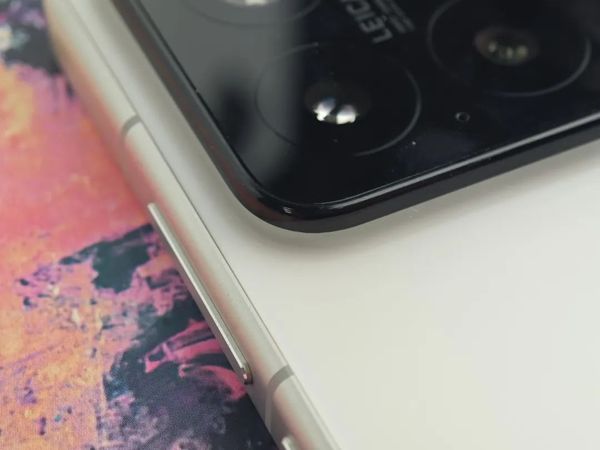
Before the launch of the Xiaomi 13/14 series, the Android camp had long lacked a true compact flagship model. Apple had attempted with the iPhone 12/13 mini, but it failed due to reduced performance and poor battery life, while the standard version of the Samsung S series still had a screen size of 6.1-6.2 inches, failing to meet the "ultimate portability" demand. Xiaomi, through its strategy of a 6.36-inch golden size plus uncompromising flagship configuration, precisely targeted the niche user group that was overlooked by the large-screen market.
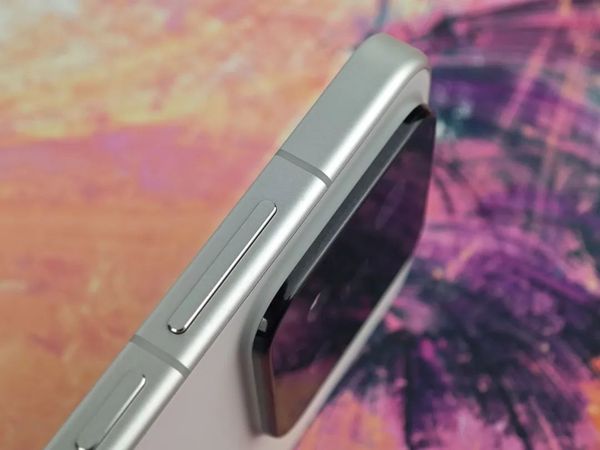
This strategy reached its peak with the Xiaomi 14: over one million units sold in the first sale, cumulative sales exceeding six million units, with the standard version accounting for over 70%, validating the strong demand from Android users for compact flagship devices.
The core competitiveness of small-screen phones lies in the convenience of one-handed operation and lightweight design. The "small screen" defined by Android manufacturers is usually around 6.3 inches (such as Xiaomi 15, vivo X200 Pro mini, etc.), achieving a sense of "control" with full-screen one-handed operation through extremely narrow bezel designs (with some models having bezels reduced to 1.38mm) and compact bodies (width controlled between 71-75mm).
Next, everyone will see many manufacturers making 6.3-inch small screens, so let's look forward to it.
【Copyright and Disclaimer】The above information is collected and organized by PlastMatch. The copyright belongs to the original author. This article is reprinted for the purpose of providing more information, and it does not imply that PlastMatch endorses the views expressed in the article or guarantees its accuracy. If there are any errors in the source attribution or if your legitimate rights have been infringed, please contact us, and we will promptly correct or remove the content. If other media, websites, or individuals use the aforementioned content, they must clearly indicate the original source and origin of the work and assume legal responsibility on their own.
Most Popular
-

List Released! Mexico Announces 50% Tariff On 1,371 China Product Categories
-

Nissan Cuts Production of New Leaf EV in Half Due to Battery Shortage
-

New Breakthrough in Domestic Adiponitrile! Observing the Rise of China's Nylon Industry Chain from Tianchen Qixiang's Production
-

Dow, Wanhua, Huntsman Intensively Raise Prices! Who Controls the Global MDI Prices?
-

Mexico officially imposes tariffs on 1,400 chinese products, with rates up to 50%






